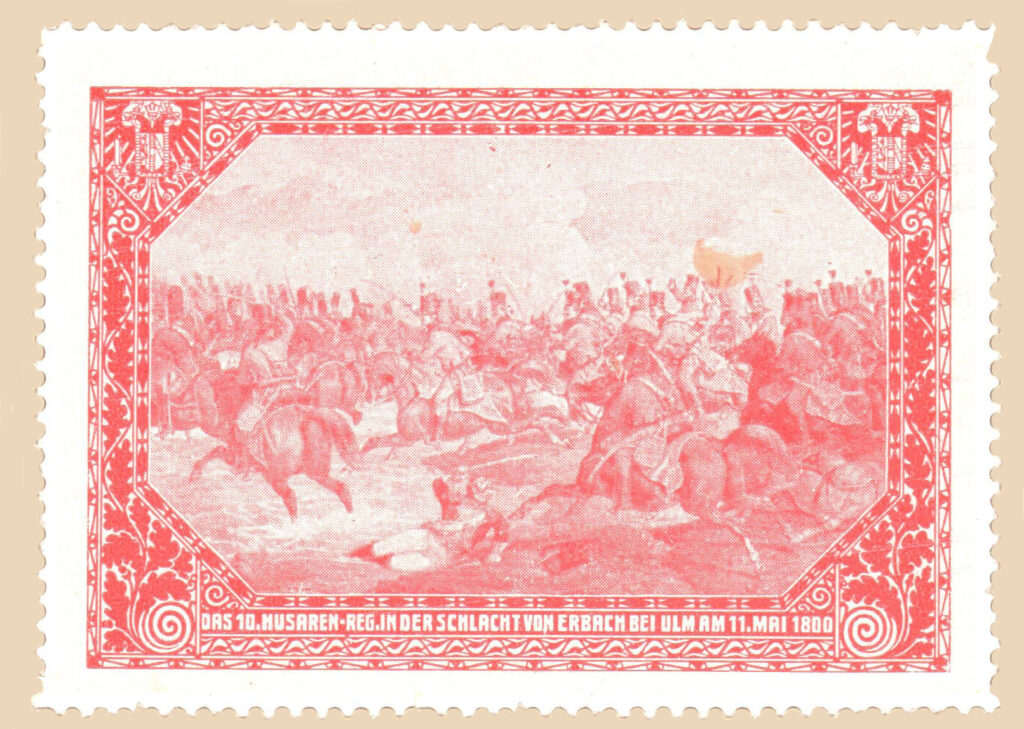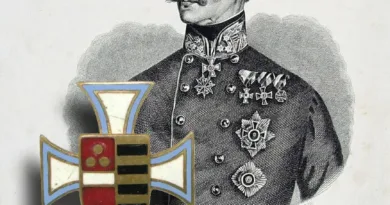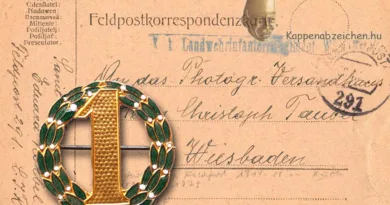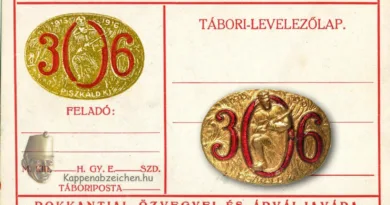10th Hussar regiment
The 10th Hussar Regiment received its crew from the central regions of Hungary. His headquarters were in Budapest. Perhaps this central location is the reason why the regiment has received an extremely wide variety of cap badges. The owner of the regiment was originally Friedrich Wilhelm III. King of Prussia, but from 1915 German field marshal August von Mackensen became the “second owner”. He was the commander of the German Southern Army and, during the Great War, essentially continuously fought against the Serbs and then the Russians and Romanians in cooperation with the Austro-Hungarian troops. Therefore, General Mackensen also enjoyed extraordinary popularity in the Monarchy.

In this post I present a badge that bears the name of the German general but not his portrait. Such a badge is much rarer than the many variations decorated with portraits. This badge is mainly a very popular and common in the cavalry oval-shaped, enameled version. Yet, what makes it special is its shape: most badges are not so elongated, but fuller oval in shape. The color of the enamel of such badges followed the color of the headgear for the Hussar and Ulan regiments. Thus, for 10th hussars, the badge is blue in base color. The inscription (H 10) is the number of the regiment. This is otherwise the same as the unit designation worn on the field cap since 1916. On the left side of the cap, a combination of letters and numbers sewn first from waxed canvas and later from textile marked the team body of the cap owner. In our case, it was H 10.

In addition to the post, I present a postcard decorated with a badge and an interesting letter seal. In the case of letter seals, similarly to the case of cap badge series, the designers and publishers issued interesting series. There is one decorated with portraits of the regiment owners (e.g. those of the already presented 3rd Hadik Hussars). And there is also a letter seal series depicting the regiment’s memorial day. The regiment millennials usually coincided with the dates of some XIX. century battles fought by the given regiment. In the case of the 10th Hussars, this day, according to the sealing, was the day of the battle of Ulm during the Napoleonic Wars on May 11, 1800. These pieces usually showed a scaled-down, monochrome image of paintings depicting the given battle.




